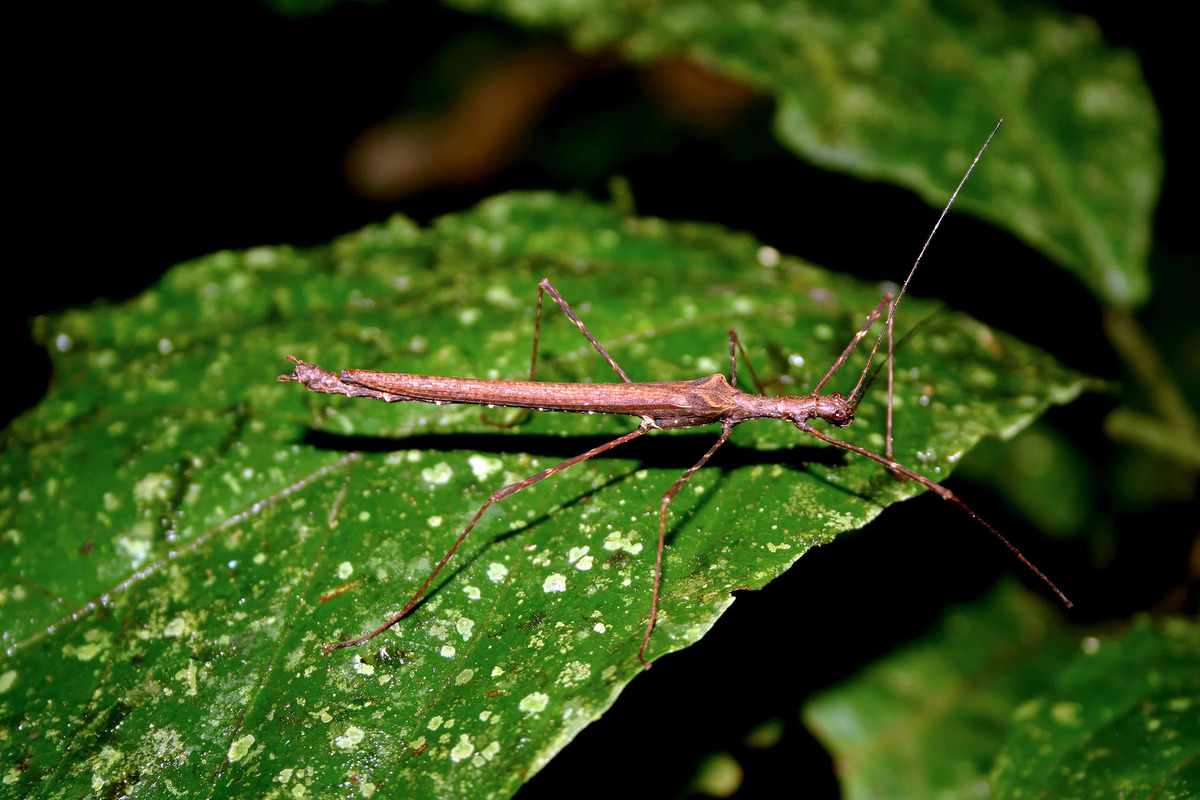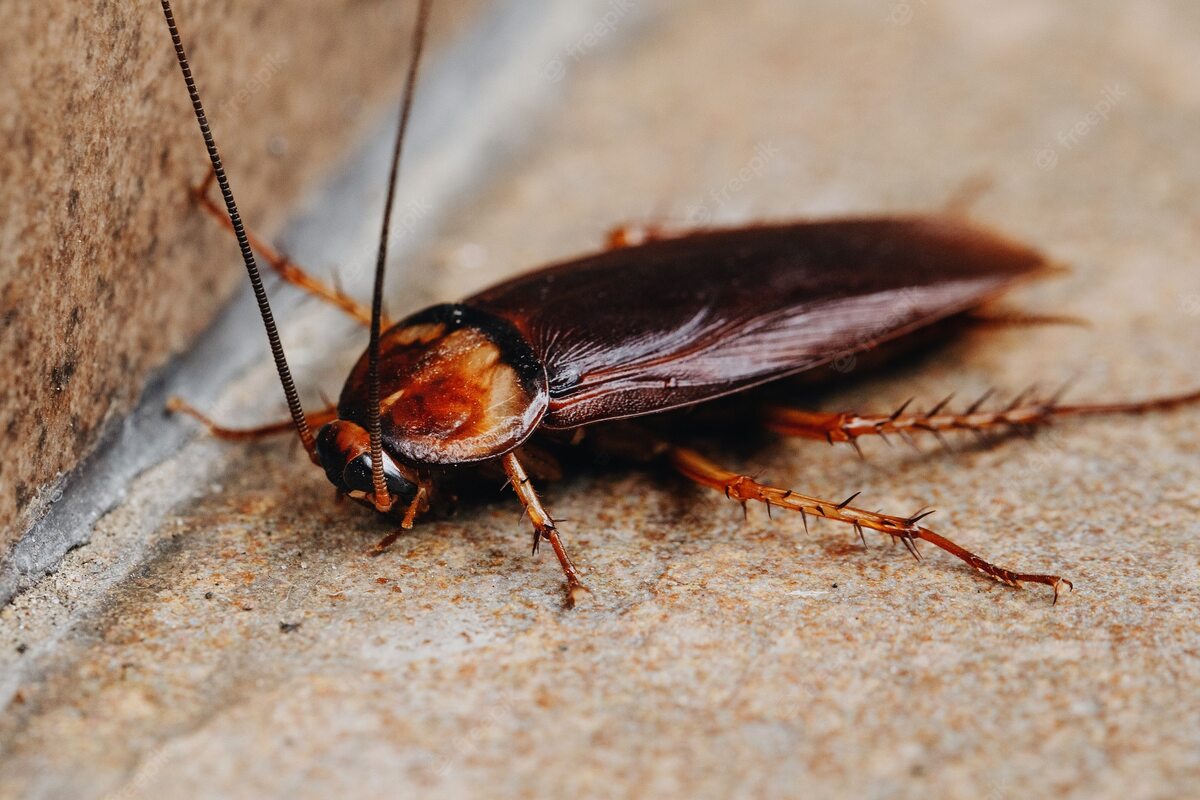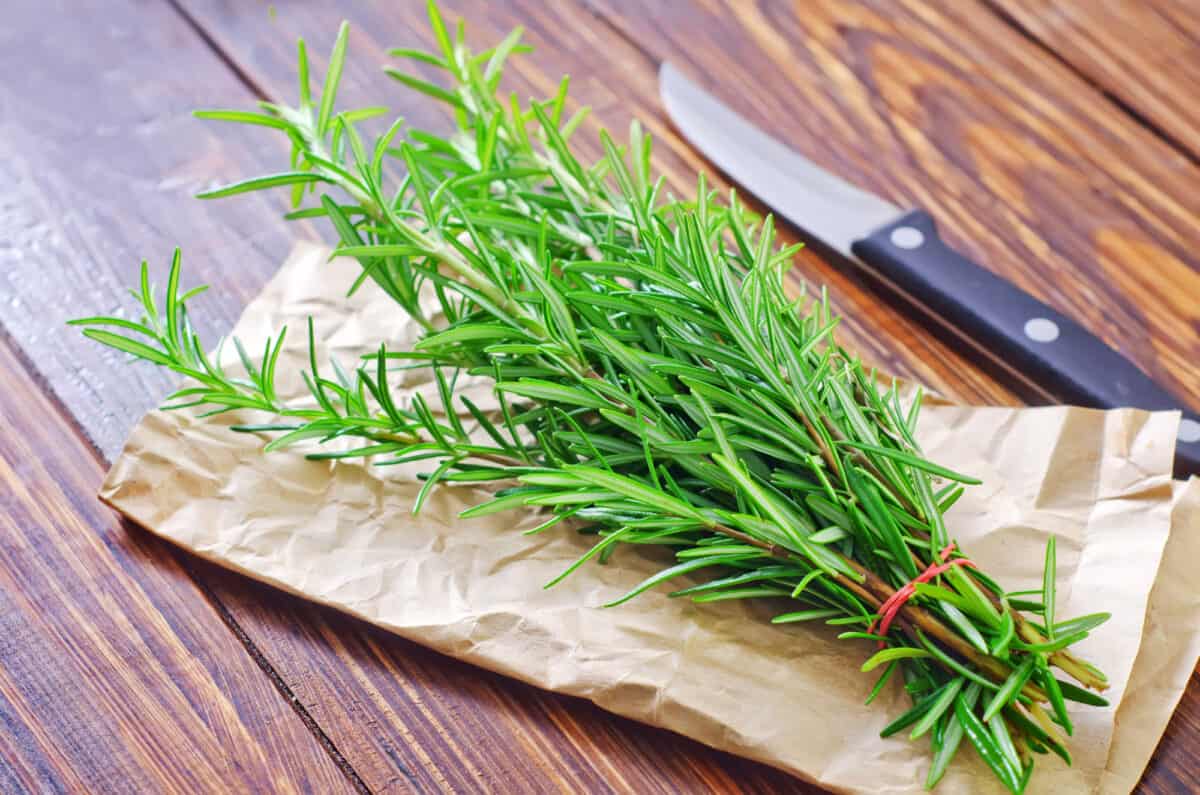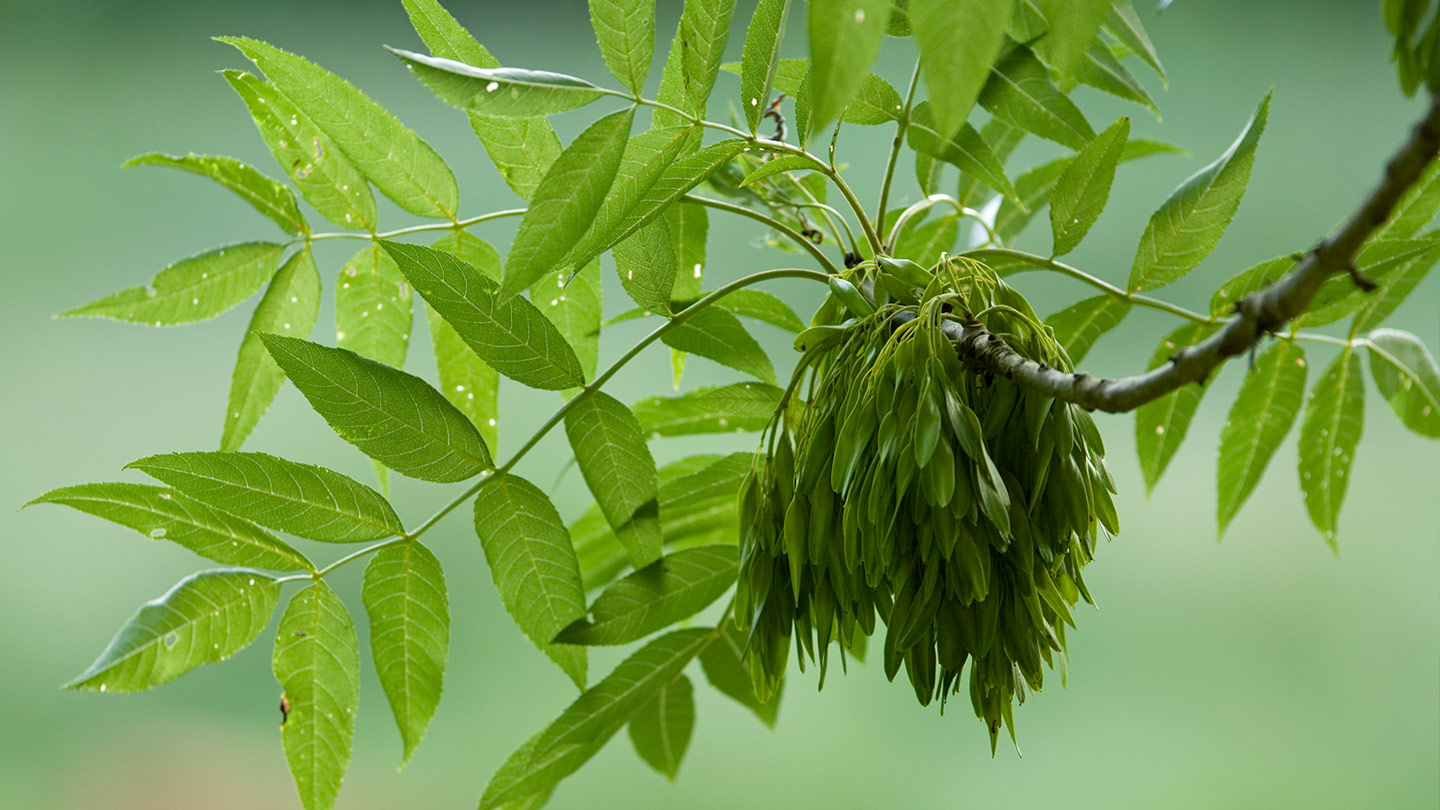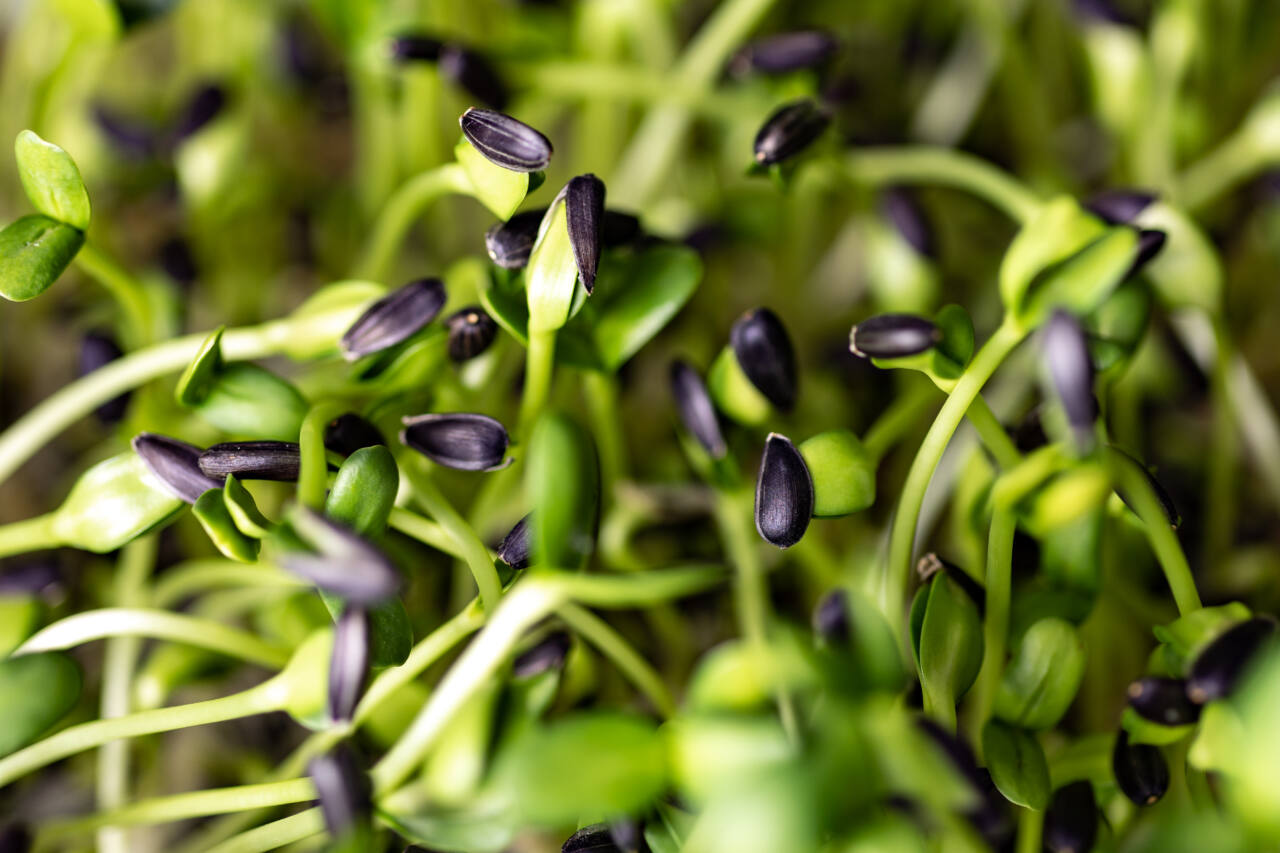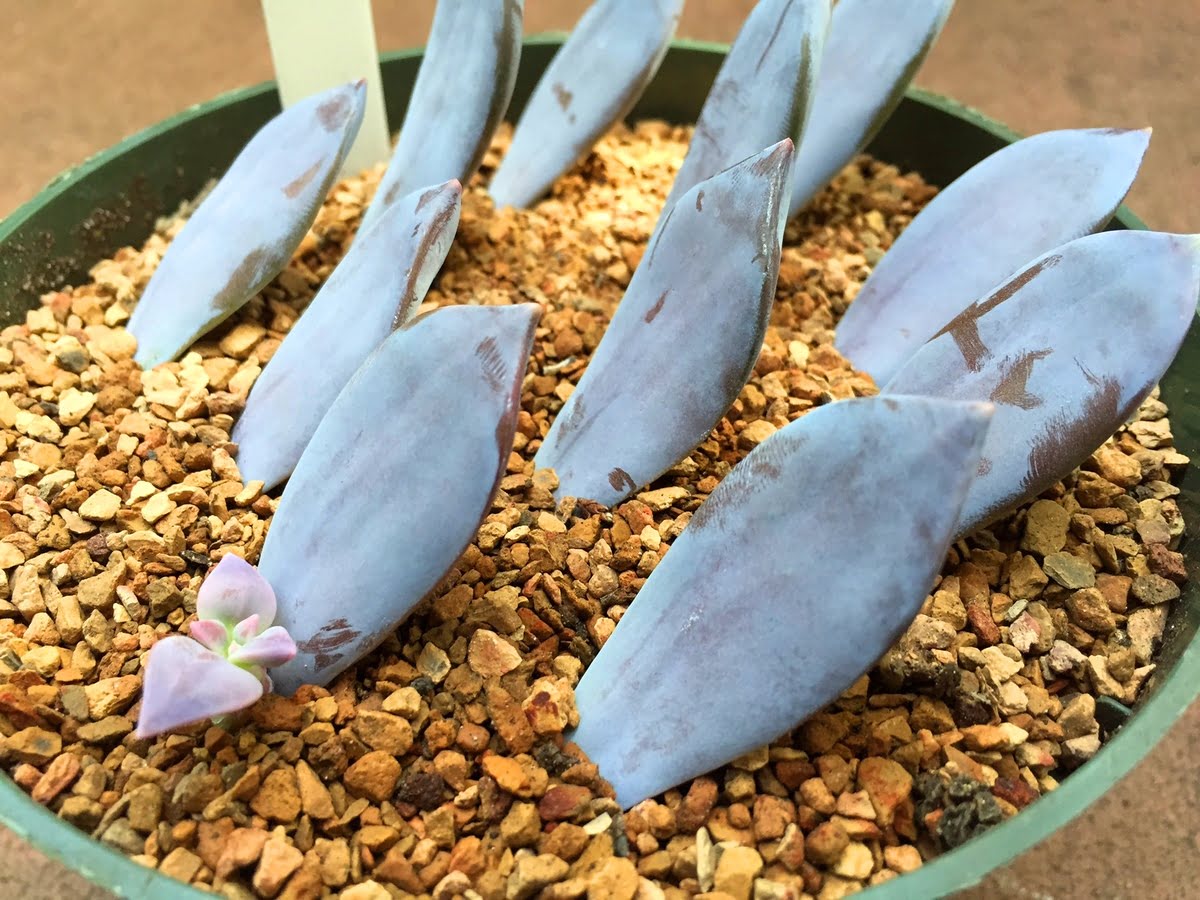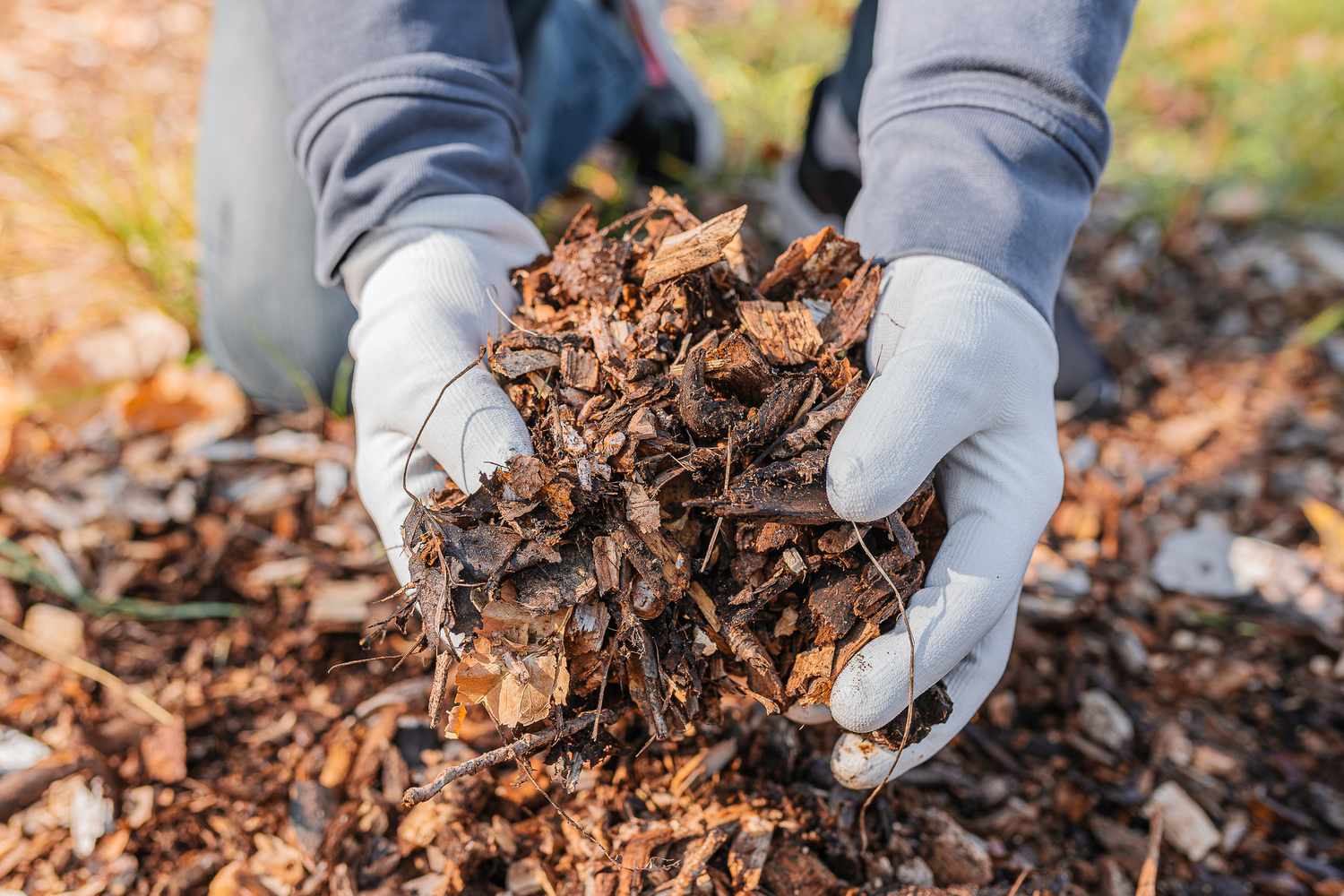Home>Gardening Basics>Getting Started>What Are True Leaves On Seedlings
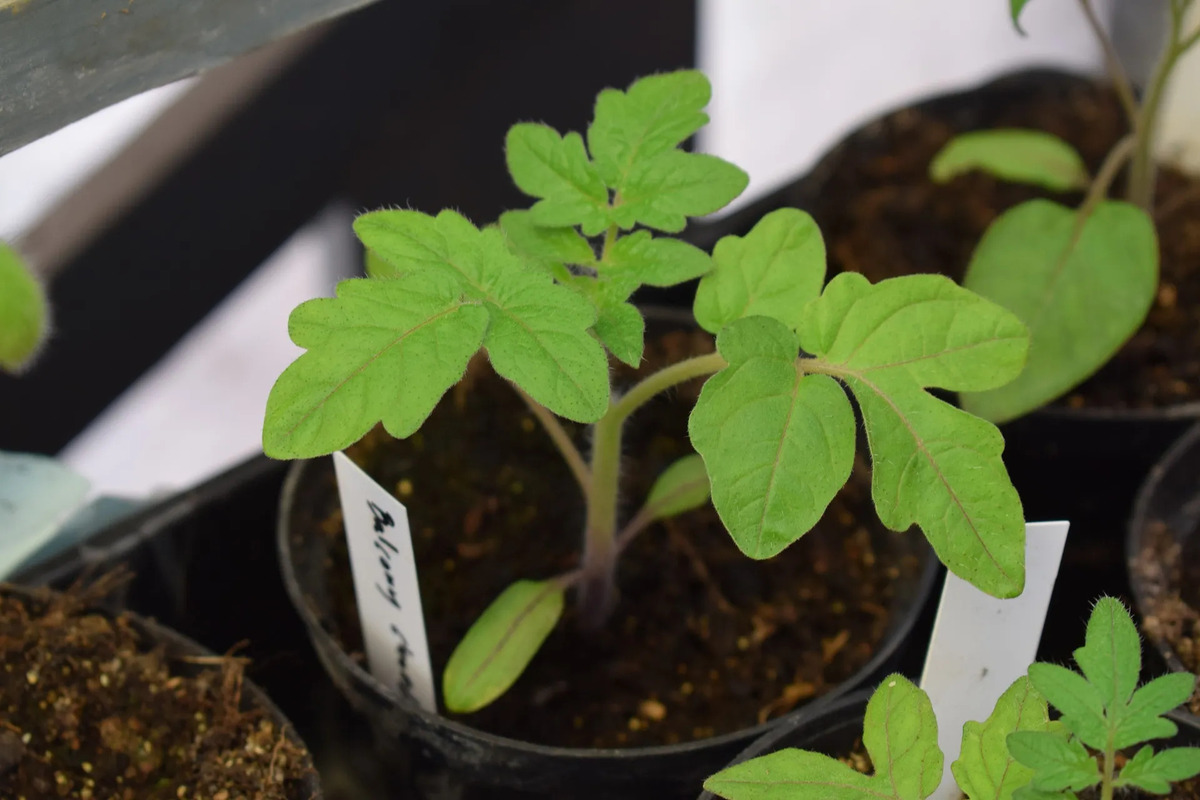

Getting Started
What Are True Leaves On Seedlings
Published: January 6, 2024
Learn about true leaves on seedlings and the essential steps to getting started. Discover the importance of these leaves in the early stages of plant growth.
(Many of the links in this article redirect to a specific reviewed product. Your purchase of these products through affiliate links helps to generate commission for Chicagolandgardening.com, at no extra cost. Learn more)
Table of Contents
Introduction
In the exciting world of gardening, witnessing the growth of a seedling is a truly magical experience. As the tiny seed starts its journey towards becoming a mature plant, it goes through various stages of development. One significant milestone in this process is the emergence of true leaves.
But what exactly are true leaves, and why are they important in the growth of seedlings? In this article, we will delve into the fascinating world of true leaves and explore their role in the development of seedlings.
A seedling initially starts with its cotyledons, which are also known as seed leaves. These cotyledons serve as the primary source of nutrition for the young plant until it is capable of photosynthesis. However, as the seedling continues to grow, it eventually develops true leaves, marking a significant milestone in its growth.
Unlike cotyledons, which are often thin and shaped differently from the plant’s mature leaves, true leaves resemble the typical leaves of the plant species. These true leaves are essential for the seedling’s overall development and play a crucial role in its ability to thrive and survive.
As the seedling transitions from relying solely on stored nutrients to producing its own food through photosynthesis, the development of true leaves is crucial. These leaves contain chlorophyll, which is responsible for capturing sunlight and converting it into energy through the process of photosynthesis. This energy is then used by the plant for growth, development, and reproduction.
The emergence of true leaves is an exciting phase in a seedling’s journey, as it signifies that the plant is becoming more independent and capable of sustaining itself. It demonstrates the plant’s ability to adapt and thrive in its environment by producing its own food.
Throughout this article, we will explore the development, function, and importance of true leaves in seedling growth. By understanding the significance of true leaves, you will gain valuable insights into nurturing and caring for young plants, enabling them to reach their full potential.
Definition of True Leaves
True leaves are the leaves that develop after the cotyledons of a seedling. They are called “true” leaves because they resemble the mature leaves of the plant species. Unlike cotyledons, which are a temporary food source for the seedling, true leaves are permanent and play a vital role in the plant’s growth and survival.
While cotyledons are embryonic leaves that provide essential nutrients to the seedling until it is capable of photosynthesis, true leaves are the primary site of photosynthesis in the plant. They contain chlorophyll, the pigment responsible for capturing sunlight and converting it into energy through the process of photosynthesis.
True leaves are typically distinguishable from cotyledons by their shape, size, and structure. They often have a more complex shape, with well-defined veins, lobes, or serrated edges, depending on the plant species. This differentiation in appearance helps identify the specific plant a seedling belongs to.
The number of true leaves that a seedling develops can vary depending on the plant species. Some plants may produce a single pair of true leaves, while others may develop multiple pairs before reaching maturity. The timing and pattern of true leaf development vary as well, with some seedlings producing them sequentially, while others may produce them simultaneously.
It’s important to note that some plant species have leaves that may resemble cotyledons even when they are fully developed. In such cases, it can be more challenging to differentiate between cotyledons and true leaves. However, the function of true leaves to sustain the plant through photosynthesis remains the same, regardless of their appearance.
The development of true leaves is a crucial phase in a seedling’s growth. It signifies the plant’s transition from relying on stored nutrients to producing its own food. As true leaves emerge, the seedling becomes more independent, resilient, and able to thrive in its environment.
In the following sections, we will explore the process and stages of true leaf development, as well as the significant functions they serve in the growth and development of seedlings.
Development of True Leaves
The development of true leaves in a seedling is a fascinating process that occurs after the emergence of cotyledons. As the seedling continues to grow, it gradually transitions from relying on stored nutrients to producing its own food through the process of photosynthesis. This transition is marked by the development of true leaves.
The development of true leaves can be divided into several stages. Initially, after the cotyledons emerge, the seedling may produce a series of initial leaves, also known as seedling leaves. These seedling leaves are usually small and may not resemble the final shape or size of the plant’s mature leaves. They primarily serve to facilitate photosynthesis and provide the seedling with energy for further growth.
As the seedling continues to mature, it enters the next stage of true leaf development. It begins to produce leaves that more closely resemble the final shape and structure of the mature plant. These true leaves gradually replace the initial seedling leaves and become the primary site of photosynthesis for the plant.
The number of true leaves that a seedling develops varies depending on the plant species. Some plants may produce only one or two pairs of true leaves before reaching maturity, while others may produce multiple pairs. The timing of true leaf development can also vary, with some seedlings producing them sequentially, while others may produce them simultaneously.
During the development of true leaves, the seedling invests more resources into leaf expansion and growth. The leaves increase in size and complexity as more cells are produced and specialized for photosynthesis. The chlorophyll content also increases, enabling the seedling to capture more sunlight and convert it into energy.
It is worth noting that the development of true leaves is influenced by various environmental factors, including light exposure, temperature, and humidity. Adequate light is essential for the proper development of true leaves, as it stimulates chlorophyll production. Temperature and humidity levels also play a role, as seedlings require optimal conditions for growth and leaf expansion.
As the seedling continues to develop true leaves, it becomes increasingly capable of sustaining itself through photosynthesis. The true leaves serve as the primary source of energy for the plant, allowing it to grow, develop, and reproduce. The more developed and abundant the true leaves, the more efficiently the seedling can produce its own food and support its overall growth.
In the following sections, we will explore the important functions that true leaves serve in the growth and development of seedlings, shedding light on their significance in the plant kingdom.
Function of True Leaves
True leaves, as the primary site of photosynthesis in a plant, serve essential functions in the growth and development of seedlings. These functions are crucial for the seedling’s ability to thrive and reach maturity. Let’s explore the significant roles that true leaves play:
Photosynthesis: The primary function of true leaves is to carry out photosynthesis. Through the presence of chlorophyll, these leaves capture sunlight and convert it into energy. This process involves the absorption of carbon dioxide from the atmosphere, the utilization of water from the plant’s roots, and the release of oxygen as a byproduct. The energy produced through photosynthesis is used by the plant for various metabolic activities, including growth, reproduction, and defense mechanisms.
Food Production: True leaves are responsible for the production of organic compounds through photosynthesis. These organic compounds, such as glucose, provide the necessary energy and building blocks for the plant’s growth. They are transported to different parts of the plant, including the stems, roots, and developing flowers or fruits, to support their development and functioning.
Water Balance: True leaves play a vital role in regulating the water balance within the plant. They have specialized structures, such as stomata, which are small openings on the leaf surface. Through the stomata, the plant can control the exchange of gases, including the release of excess water vapor through transpiration. This helps maintain the plant’s hydration levels and prevents water stress.
Gas Exchange: True leaves facilitate the exchange of gases between the plant and its environment. Oxygen produced during photosynthesis is released through the stomata, while carbon dioxide, which is essential for photosynthesis, enters the leaf. This gas exchange process ensures a steady supply of carbon dioxide for photosynthesis and removes waste oxygen from the plant’s tissues.
Temperature Regulation: True leaves also help regulate the temperature of the plant. Through the process of transpiration, where water evaporates from the leaf surface, heat is dissipated from the plant. This cooling effect helps prevent overheating, particularly in hot and sunny conditions.
Overall, the functions of true leaves are crucial for the growth, development, and survival of seedlings. They enable the seedling to produce its own food, maintain water balance, exchange gases, and regulate temperature. The efficient functioning of true leaves ultimately determines the plant’s ability to thrive in its environment and reach maturity.
Now that we understand the functions of true leaves, let’s explore the importance of true leaves in the growth of seedlings and how they contribute to the overall health and vitality of plants.
Importance of True Leaves in Seedling Growth
True leaves play a crucial role in the growth and development of seedlings. As the seedling transitions from relying on stored nutrients to producing its own food through photosynthesis, the emergence and proper development of true leaves are essential. Let’s explore the importance of true leaves in seedling growth:
Energy Production: True leaves are the primary site of photosynthesis in a plant. Through photosynthesis, they capture sunlight and convert it into energy in the form of organic compounds. This energy is used by the seedling to fuel its growth, produce new cells, and carry out various metabolic activities necessary for development.
Nutrient Assimilation: True leaves not only produce energy through photosynthesis but also play a crucial role in assimilating essential nutrients from the soil. They contain specialized cells and structures that facilitate the absorption of nutrients, such as nitrogen, phosphorus, and potassium, along with other micronutrients required for healthy plant growth.
Supporting Root Development: The proper development of true leaves is closely linked to the growth of the root system. As the true leaves produce energy through photosynthesis, they supply the necessary carbohydrates to support the growth of roots. The growth of an extensive root system aids in nutrient and water uptake, anchorage, and overall plant stability.
Enhancing Leaf Area: As the seedling develops true leaves, the overall leaf area increases. This larger leaf area allows for greater exposure to sunlight, leading to enhanced photosynthesis and higher energy production. Consequently, the seedling can allocate more resources to growth and development, resulting in a more robust and vigorous plant.
Environmental Adaptation: True leaves are crucial for seedlings to adapt to their specific environments. They enable the seedling to respond to changes in light intensity, temperature, and humidity. By adjusting the opening and closing of stomata, true leaves regulate gas exchange and transpiration, helping the seedling cope with fluctuating environmental conditions.
Indication of Plant Health: The presence of healthy, well-developed true leaves is an indicator of a seedling’s overall health and vitality. Lush and vibrant true leaves are signs of a seedling that is successfully operating its physiological processes. Conversely, yellowing or stunted true leaves may indicate nutrient deficiencies, environmental stress, or pest and disease issues.
Differentiation and Identification: True leaves often have specific shapes, structures, and characteristics that are unique to a particular plant species. Their appearance plays a significant role in distinguishing one plant from another and aids in plant identification. This is particularly important in horticulture, agriculture, and botanical research.
The importance of true leaves in seedling growth cannot be overstated. They are responsible for generating energy, assimilating nutrients, supporting root development, enhancing leaf area, adapting to the environment, indicating plant health, and facilitating plant identification. Understanding and nurturing the proper development of true leaves is essential for cultivating healthy and thriving seedlings.
In the next section, we will conclude our exploration of true leaves and their significance in seedling growth.
Conclusion
True leaves are an integral part of a seedling’s journey towards maturity. As the seedling grows and develops, the emergence and proper development of true leaves mark a significant milestone. These leaves, which resemble the mature leaves of the plant species, play a vital role in the seedling’s growth and overall health.
True leaves are responsible for capturing sunlight, converting it into energy through photosynthesis, and producing organic compounds that support the seedling’s growth and development. They also aid in the assimilation of essential nutrients from the soil and play a crucial role in the establishment of a robust root system.
Furthermore, true leaves facilitate gas exchange, regulate water balance, and help the seedling adapt to changes in its environment. Their appearance and characteristics serve as distinguishing features for plant identification and are indicators of a seedling’s overall health and vitality.
Understanding the importance of true leaves in seedling growth is essential for gardeners, horticulturists, and plant enthusiasts. By nurturing the proper development of true leaves, providing optimal conditions, and addressing any issues that may arise, we can support the healthy and successful growth of seedlings.
As we witness the emergence and growth of true leaves in our seedlings, we are reminded of the incredible journey that plants undertake in their quest for survival and reproduction. True leaves signify a seedling’s transition from dependency to independence, as it becomes capable of sustaining itself through photosynthesis.
So, the next time you observe the development of true leaves on your seedlings, take a moment to appreciate the beauty and the vital role they play in the amazing life cycle of plants.
